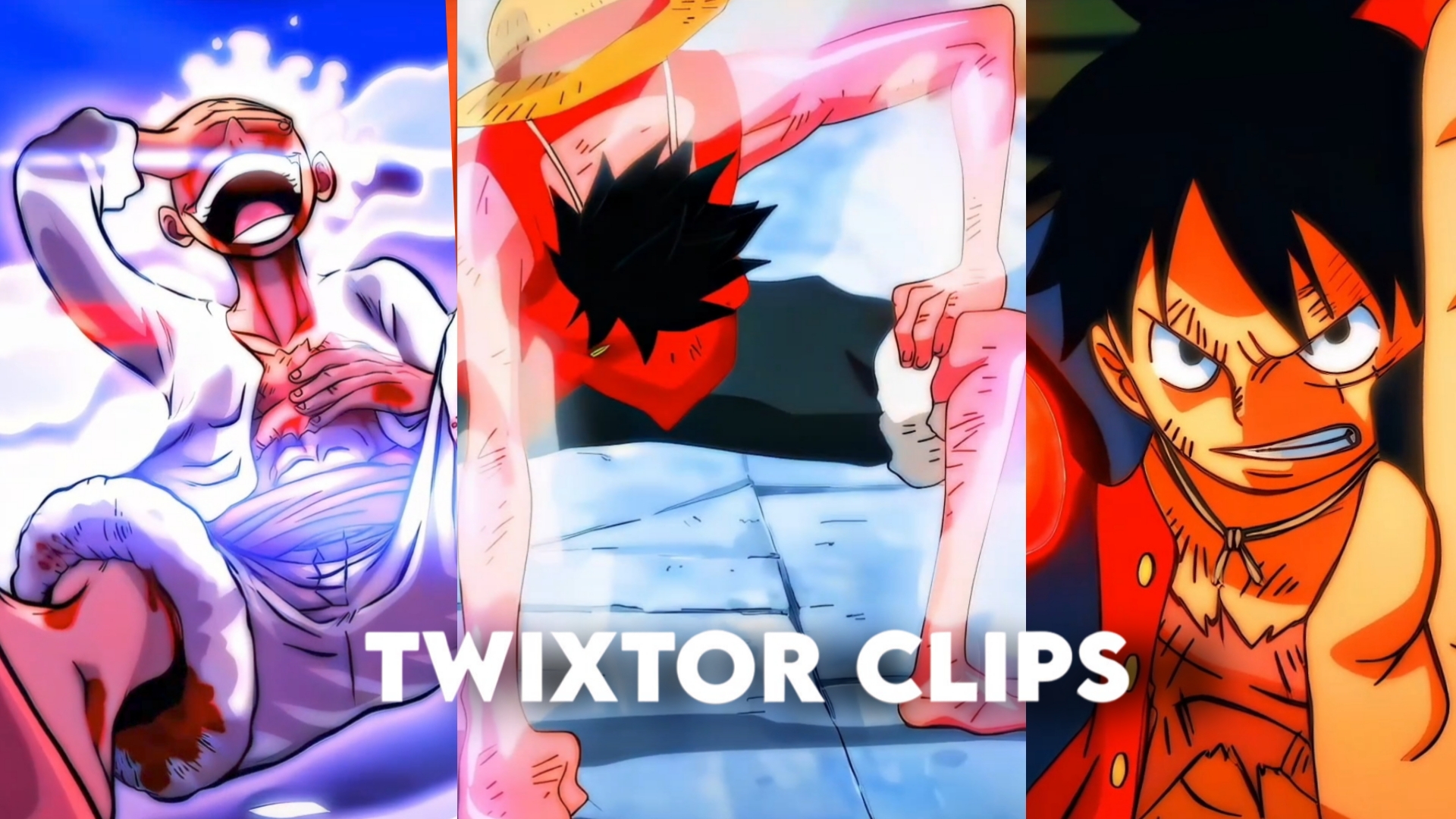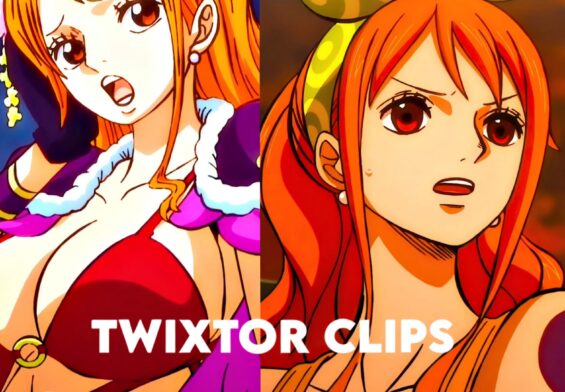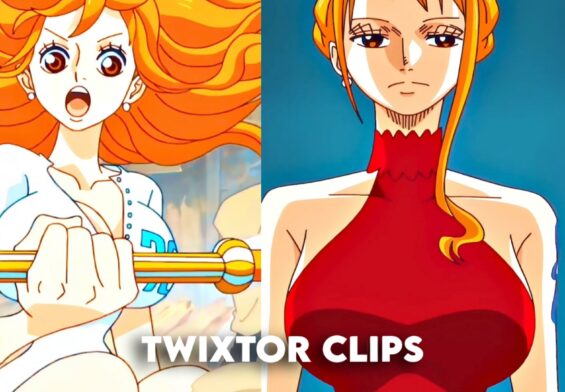♦ANIME WORLD TWIXTOR CLIPS♦
Download Movies Twixtor for Edits : https://moviestwixtor.com/movies-twixtor/
Download Series Twixtor For Edits : https://moviestwixtor.com/movies-clips/
Download Anime Twixtor for Edits : https://animeworldtwixtor.com/
Subscribe to Youtube Channel For More Clips & Twixtors : YOUTUBE
Text Me on Instagram To Request Twixtor / Clips / Promotion : RDJ EDITS / ANIMEWORLD
Monkey D Luffy Twixtor
Monkey D. Luffy Twixtor refers to a popular style of fan-edited videos where scenes featuring Luffy from One Piece are slowed down using Twixtor, a plugin used in editing software like After Effects or Sony Vegas. These videos are widely shared on platforms like TikTok, Instagram, and YouTube Shorts, showcasing Luffy’s most iconic moments in smooth, slow-motion footage with cinematic effects, intense music, and emotional storytelling. Monkey D Luffy Twixtor Monkey D Luffy Twixtor Monkey D Luffy Twixtor Monkey D Luffy Twixtor Monkey D Luffy Twixtor Monkey D Luffy Twixtor Monkey D Luffy Twixtor Monkey D Luffy Twixtor Monkey D Luffy Twixtor Monkey D Luffy Twixtor Monkey D Luffy Twixtor
At the core, Twixtor edits celebrate Monkey D. Luffy’s evolution as a character—from a carefree boy with a dream of becoming Pirate King to a powerful leader and one of the Four Emperors of the Sea. Editors typically choose emotional, dramatic, or high-impact scenes to slow down: Luffy declaring war against the World Government at Enies Lobby, activating Gear Second or Gear Fifth, or delivering a final blow against a major villain. These moments become visually stunning when slowed down, allowing fans to appreciate the animation, facial expressions, and fight choreography in detail.
One of the most frequently used clips in Luffy Twixtor edits is from the Wano Arc, particularly his fight with Kaido. When Luffy activates Gear Fifth and unleashes his true Devil Fruit powers—those of the Hito Hito no Mi, Model: Nika—editors slow down the scenes to highlight his new, cartoon-like, elastic powers. These moments are paired with glitch effects, lens flares, and sound distortions to emphasize his divine, unpredictable fighting style. In slow motion, Luffy’s exaggerated expressions and movements take on a surreal, godlike quality, reinforcing the mythic power of “Joy Boy” imagery tied to him.
Emotionally driven edits often use Marineford Arc scenes, like Luffy’s desperate attempt to save his brother Ace. When slowed down, the viewer can feel the weight of Luffy’s pain and desperation—the way he screams, reaches out, and fights against impossible odds. These Twixtor edits are usually set to melancholic music, often overlapping the slow visuals with dialogue snippets like Ace saying, “Thank you for loving me.”
The power of Twixtor isn’t just in making scenes look “cool”—it enhances the emotional depth of Luffy’s journey. Fans use the slow-motion to draw attention to the subtle details: tears welling up in Luffy’s eyes, his body trembling from exhaustion, or the way he clenches his fists before standing back up. These moments remind viewers why Luffy is not just a fighter, but a symbol of unbreakable will, friendship, and freedom.
Twixtor edits also give new life to classic moments from older episodes with dated animation. For instance, Luffy’s fight with Lucci in Enies Lobby or his first time using Gear Second in Water 7 is often re-edited in high definition with interpolated frames to make it smoother and more modern-looking. These enhanced edits show how timeless Luffy’s character and battles are, regardless of when they were animated.
Many editors in the anime edit community use Luffy Twixtor videos to tell micro-narratives. For example, a 30-second video might begin with Luffy’s childhood dream of becoming Pirate King, flash through moments of suffering and loss—such as Sabo, Ace, or the Going Merry—and end with him standing tall in Gear Fifth, smiling as fireworks burst behind him. These videos are powerful because they condense decades of storytelling into brief, emotionally resonant pieces of visual art.
Music is a key part of Twixtor edits, and Luffy’s scenes are often paired with trending tracks, anime remixes, or cinematic scores. The beat drops are timed perfectly with slow-motion punches, camera spins, or lightning flashes, creating a visceral, almost hypnotic viewing experience.
In conclusion, Monkey D. Luffy Twixtor edits are more than just visual effects—they’re expressions of fandom, admiration, and emotion. They bring Luffy’s journey to life in a dynamic way that resonates with both longtime fans and newcomers. Through slowed-down action, emotion, and storytelling, these edits reflect why Luffy is one of the most loved anime characters of all time: beca



